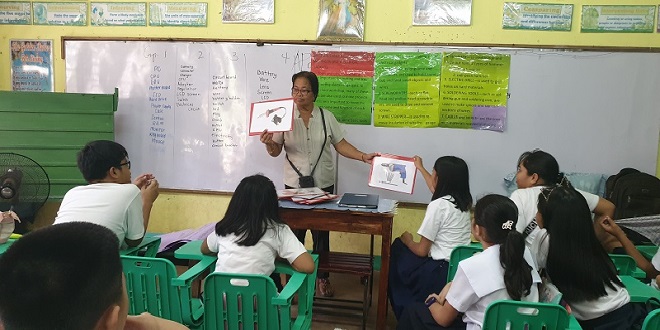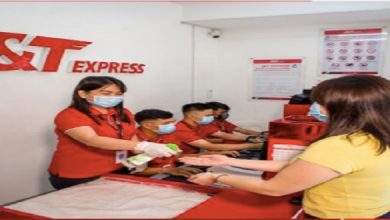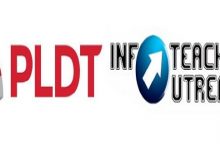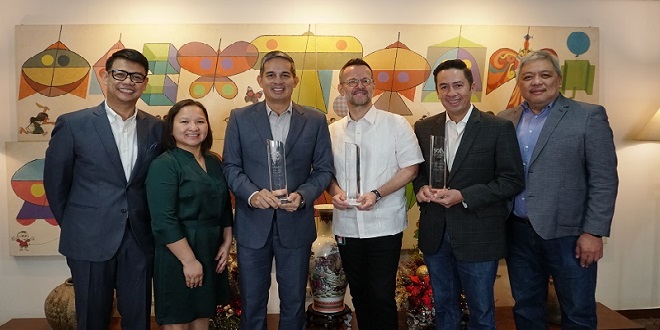
MANILA, Philippines — The start of the school year in the Philippines is an event that parents and their school-age kids await with plenty of excitement and bits of anxiety. This year, however, with the coronavirus disease (COVID-19) still lurking in our midst, apprehension overshadows anticipation.

Blended/Distance learning was proposed by the Department of Education (DepEd) as an alternative to the traditional face-to-face classes in a physical school. To prepare for the coming school year, Teacher Eric Lasam has been working from home since the first day of June. He is studying a module that contains sample activities such as PowerPoint presentation

“We are preparing for the modular instruction as well as online classes for the blended learning approach,” said the affable MAPEH (Music, Arts, Physical Education, and Health) teacher.
For the modular approach, teachers will be formulating lessons that contain activities and review questions for students. The public high school is currently conducting a survey among parents and students on their learning preferences – the choices being online, modular, radio, and tv.
Teacher Eric’s 17 years stint in the noblest profession has acquainted him with the tough lives that most public school students endure which underscore the need to take a flexible approach to learn under COVID conditions. “For example, not all students have their own gadgets nor an internet connection at home, how can they learn properly if we hold our classes online?”
Like other schools in the country, they have adopted the non-face-to-face interaction. For Teacher Helen, who teaches Technology and Livelihood Education at Grade 6, the modular approach might be more doable because many students do not have gadgets nor an internet connection in their homes.

To provide a more meaningful learning and teaching experience for dedicated teachers like Helen and Eric and their students amid the challenges of the current crisis, leading telco and digital services provider PLDT and its wireless subsidiary Smart Communications is working with the DepEd to support its blended learning strategy. These include learning management systems, digital infrastructure and connectivities, wireless and fiber plans, and digital devices for the 1.2 million teachers and 32 million students in the country.
It has also proposed the use of the satellite broadcasting systems of Cignal for use in blended or distance learning.
To complement these technology solutions, Smart has offered to help teachers in using an innovative learning system called the Dynamic Learning Program which can be effectively used in modular, online, and on-air learning settings.
“We want to ensure that no student and no teacher – public or private – is left behind,” Pangilinan said.
Together with the DepEd, PLDT-Smart is helping redefine the future of learning for Filipino schoolchildren nationwide. You may watch its latest online video here: https://www.facebook.com/watch/?v=303047017547325
To know more about the efforts of the PLDT Group in beating the COVID-19 pandemic, please visit https://beta.pldt.com/covid19/
About PLDT
PLDT is the leading telecommunications and digital services provider in the Philippines. Through its principal business groups – fixed-line, wireless, and others – PLDT offers a wide range of telecommunications and digital services across the Philippines’ most extensive fiber optic backbone, and fixed-line and cellular networks. PLDT is listed on the Philippine Stock Exchange (PSE:TEL) and its American Depositary Shares are listed on the New York Stock Exchange (NYSE:PHI). PLDT has one of the largest market capitalizations among Philippine-listed companies.







